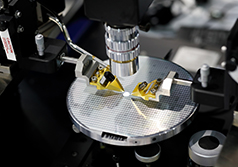Exploring the Strengths and Hurdles of Wide Bandgap Devices in Alternating Current Electric Drives
Introduction:
In recent years, the realm of electric drives has witnessed a transformative shift with the introduction of Wide Bandgap (WBG) devices. These semiconductors, such as silicon carbide (SiC) and gallium nitride (GaN), have emerged as promising alternatives to traditional silicon-based devices in alternating current (AC) electric drives. This article delves into the strengths and hurdles associated with the adoption of WBG devices, shedding light on their potential to revolutionize the field of AC electric drives.
Strengths of Wide Bandgap Devices:
-
High Power Density: WBG devices offer superior power density compared to their silicon counterparts. The inherent physical properties of materials like SiC and GaN allow for higher electron mobility and faster switching speeds. This results in reduced conduction and switching losses, enabling the design of compact and lightweight power electronic systems.
-
Efficiency Improvement: The low switching losses of WBG devices contribute to higher overall system efficiency. Reduced energy dissipation translates into less heat generation, allowing for the design of more energy-efficient AC electric drives. This not only leads to operational cost savings but also aligns with global efforts to enhance energy efficiency and reduce carbon emissions.
-
Higher Temperature Operation: Wide Bandgap materials exhibit robust thermal characteristics, enabling reliable operation at elevated temperatures. This feature is particularly advantageous in demanding industrial applications where traditional silicon devices may struggle. The ability to operate at higher temperatures enhances the overall ruggedness and reliability of AC electric drives.
-
Fast Switching Speeds: The high electron mobility in WBG materials facilitates faster switching speeds, leading to improved system response times. This characteristic is crucial for applications that require rapid changes in power levels, such as motor control in electric vehicles and high-performance industrial drives. Faster switching also allows for higher frequency operation, reducing the size of passive components in the system.
Hurdles and Challenges:
-
Cost Considerations: One of the primary hurdles hindering the widespread adoption of WBG devices is the higher manufacturing cost. While prices have been gradually decreasing, the initial investment required for SiC and GaN devices remains a challenge for some industries. Overcoming this cost barrier is essential for the broader integration of WBG devices in AC electric drives.
-
Reliability and Long-Term Stability: As WBG devices continue to advance, ensuring their long-term reliability and stability becomes a critical concern. Issues such as gate oxide reliability and material defects must be addressed to guarantee the durability of these devices over extended operational lifetimes. Rigorous testing and qualification standards are essential to build trust in the reliability of WBG technology.
-
Limited Market Acceptance: Despite their advantages, WBG devices face resistance in some traditional sectors where silicon-based devices have long-established dominance. Convincing industries to transition to WBG technology requires comprehensive education, demonstrating the long-term benefits and return on investment.
-
Integration Challenges: Integrating WBG devices into existing AC electric drive systems may pose technical challenges. Compatibility issues with existing control circuits and protection mechanisms need to be addressed to ensure a seamless transition to WBG technology. Standardization efforts in the industry can facilitate smoother integration.
Conclusion:
The exploration of Wide Bandgap devices in AC electric drives presents a transformative opportunity for the power electronics landscape. The strengths of WBG devices, including high power density, efficiency improvement, higher temperature operation, and fast switching speeds, position them as key players in the evolution of electric drives. However, addressing hurdles such as cost considerations, reliability, market acceptance, and integration challenges is crucial for the widespread adoption of WBG technology. As research and development efforts continue, the industry stands at the cusp of a paradigm shift, where Wide Bandgap devices may redefine the future of AC electric drives.
Subscribe to Us !
-
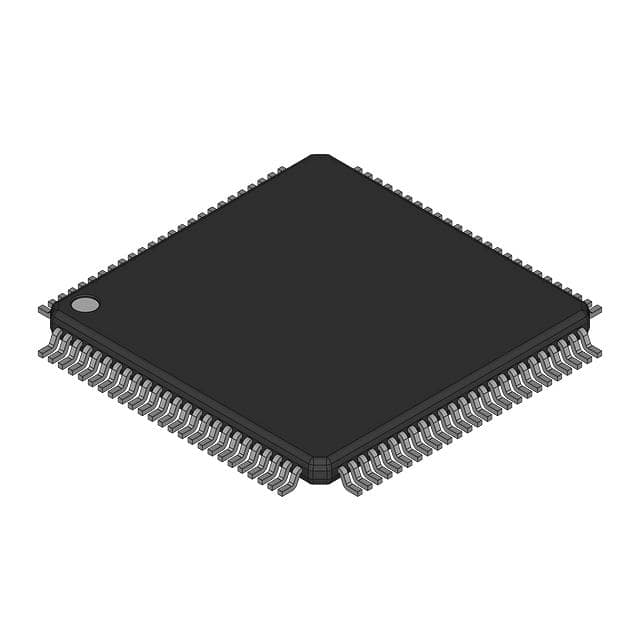 LV71081E-MPB-E
LV71081E-MPB-Eonsemi
-
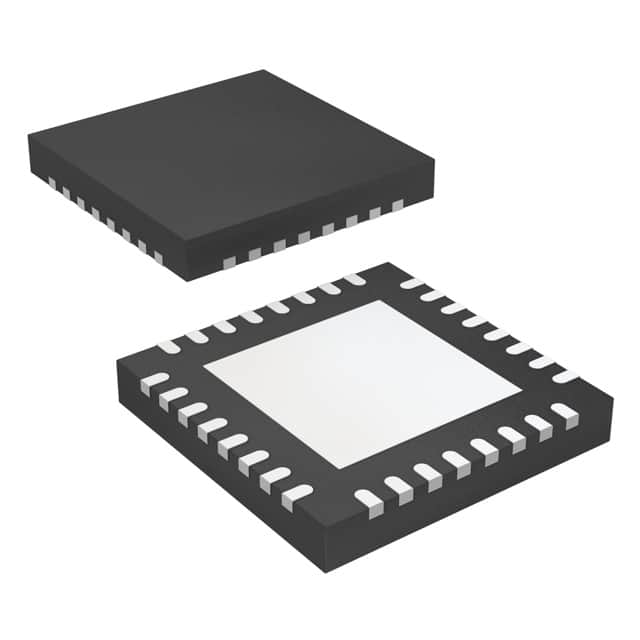 LMK00334RTVRQ1
LMK00334RTVRQ1Texas Instruments
-
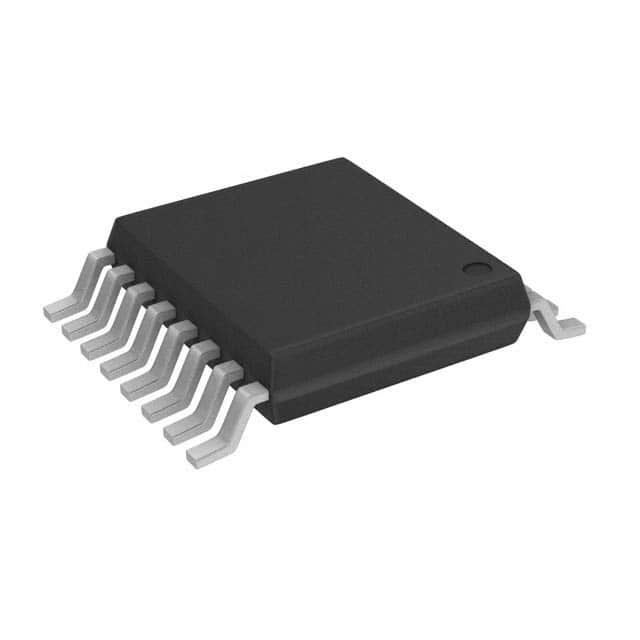 PI6C557-03LEX
PI6C557-03LEXDiodes Incorporated
-
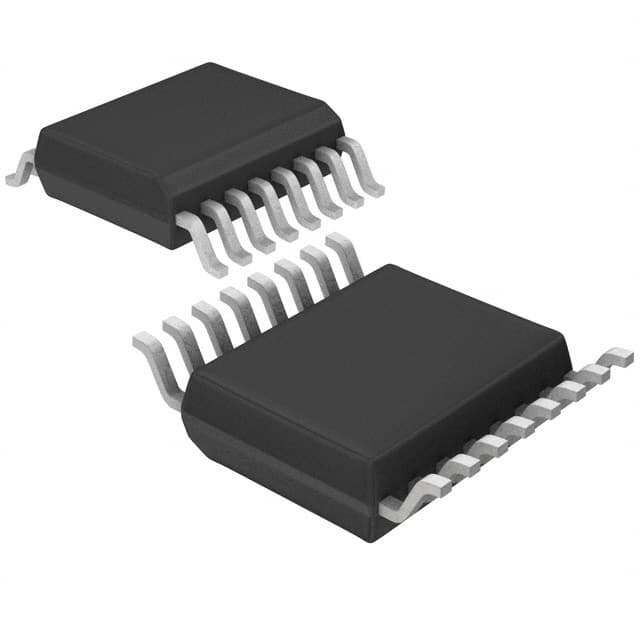 PCM1753DBQR
PCM1753DBQRTexas Instruments
-
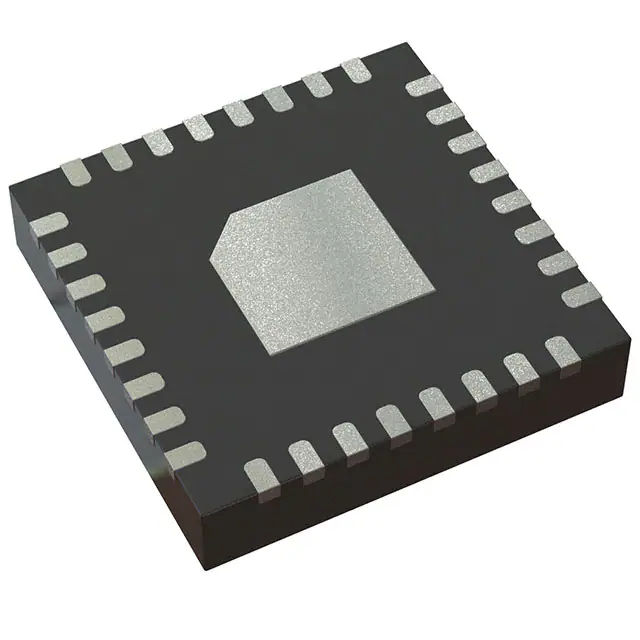 ADS1204IRHBT
ADS1204IRHBTTexas Instruments
-
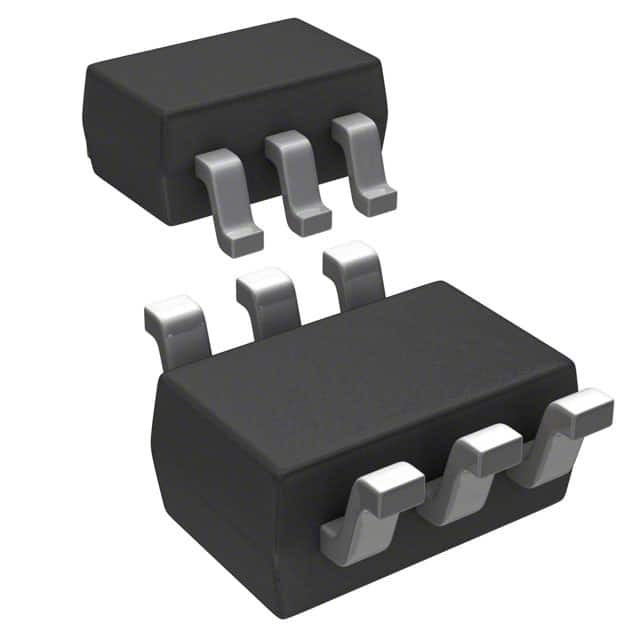 MCP4018T-104E/LT
MCP4018T-104E/LTMicrochip Technology
-
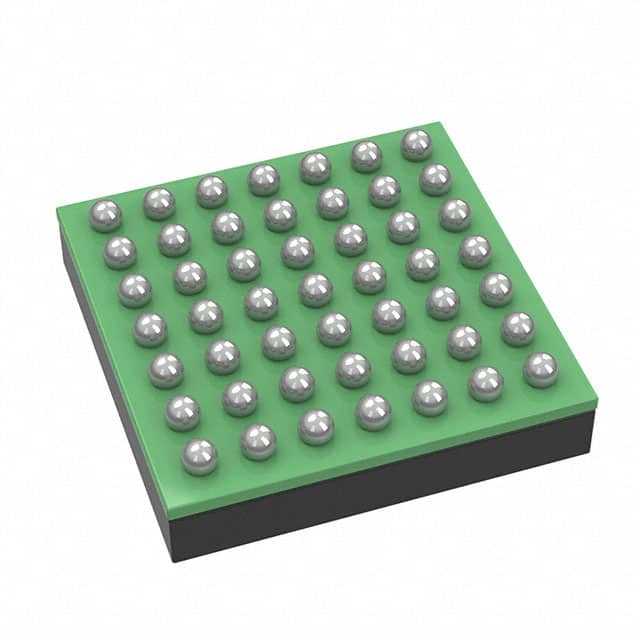 T4F49C2
T4F49C2Efinix, Inc.
-
.jpg) A40MX02-PLG44
A40MX02-PLG44Microchip Technology
-
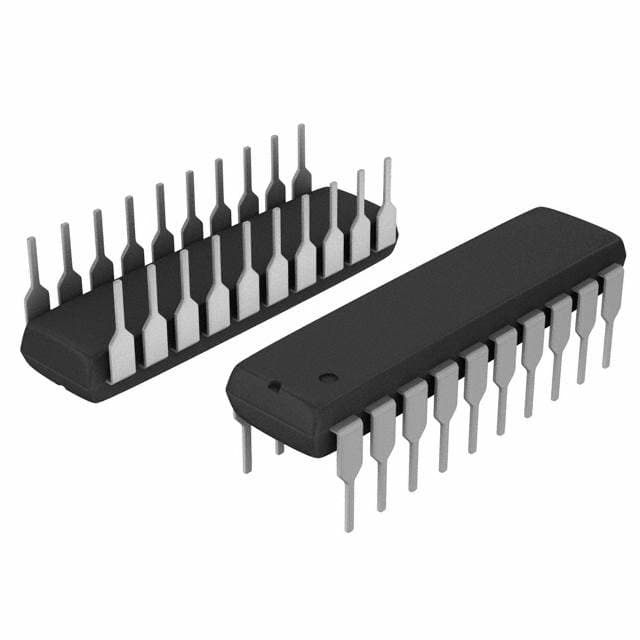 ATF16V8C-7PU
ATF16V8C-7PUMicrochip Technology
-
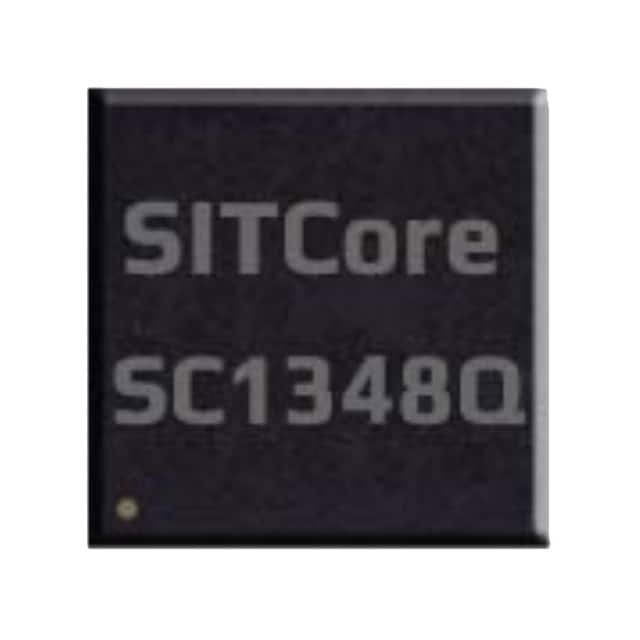 SC-13048Q-A
SC-13048Q-AGHI Electronics, LLC
 Afrikaans
Afrikaans Shqip
Shqip አማርኛ
አማርኛ العربية
العربية Հայերեն
Հայերեն Azərbaycan dili
Azərbaycan dili Euskara
Euskara Беларуская мова
Беларуская мова বাংলা
বাংলা Bosanski
Bosanski Български
Български Català
Català Cebuano
Cebuano Chichewa
Chichewa 简体中文
简体中文 繁體中文
繁體中文 Corsu
Corsu Hrvatski
Hrvatski Čeština
Čeština Dansk
Dansk Nederlands
Nederlands English
English Esperanto
Esperanto Eesti
Eesti Filipino
Filipino Suomi
Suomi Français
Français Frysk
Frysk Galego
Galego ქართული
ქართული Deutsch
Deutsch Ελληνικά
Ελληνικά ગુજરાતી
ગુજરાતી Kreyol ayisyen
Kreyol ayisyen Harshen Hausa
Harshen Hausa Ōlelo Hawaiʻi
Ōlelo Hawaiʻi עִבְרִית
עִבְרִית हिन्दी
हिन्दी Hmong
Hmong Magyar
Magyar Íslenska
Íslenska Igbo
Igbo Bahasa Indonesia
Bahasa Indonesia Gaeilge
Gaeilge Italiano
Italiano 日本語
日本語 Basa Jawa
Basa Jawa ಕನ್ನಡ
ಕನ್ನಡ Қазақ тілі
Қазақ тілі ភាសាខ្មែរ
ភាសាខ្មែរ 한국어
한국어 كوردی
كوردی Кыргызча
Кыргызча ພາສາລາວ
ພາສາລາວ Latin
Latin Latviešu valoda
Latviešu valoda Lietuvių kalba
Lietuvių kalba Lëtzebuergesch
Lëtzebuergesch Македонски јазик
Македонски јазик Malagasy
Malagasy Bahasa Melayu
Bahasa Melayu മലയാളം
മലയാളം Maltese
Maltese Te Reo Māori
Te Reo Māori मराठी
मराठी Монгол
Монгол ဗမာစာ
ဗမာစာ नेपाली
नेपाली Norsk bokmål
Norsk bokmål پښتو
پښتو فارسی
فارسی Polski
Polski Português
Português ਪੰਜਾਬੀ
ਪੰਜਾਬੀ Română
Română Русский
Русский Samoan
Samoan Gàidhlig
Gàidhlig Српски језик
Српски језик Sesotho
Sesotho Shona
Shona سنڌي
سنڌي සිංහල
සිංහල Slovenčina
Slovenčina Slovenščina
Slovenščina Afsoomaali
Afsoomaali Español
Español Basa Sunda
Basa Sunda Kiswahili
Kiswahili Svenska
Svenska Тоҷикӣ
Тоҷикӣ தமிழ்
தமிழ் తెలుగు
తెలుగు ไทย
ไทย Türkçe
Türkçe Українська
Українська اردو
اردو O‘zbekcha
O‘zbekcha Tiếng Việt
Tiếng Việt Cymraeg
Cymraeg isiXhosa
isiXhosa יידיש
יידיש Yorùbá
Yorùbá Zulu
Zulu


